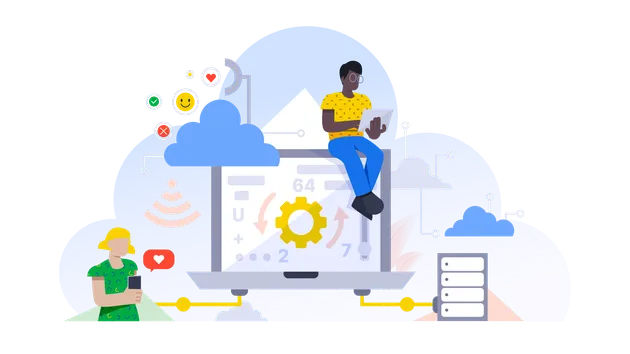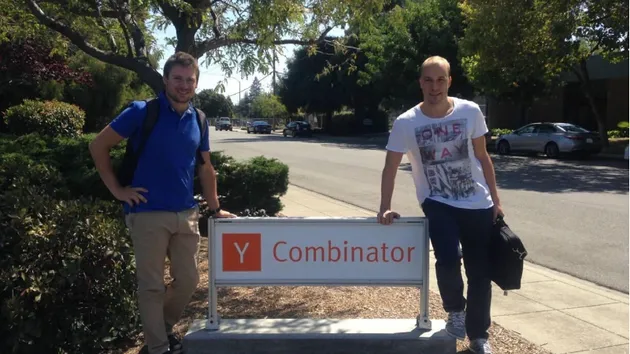StartupJobs and JazzHR integration
Pricing
Pay per usage
StartupJobs and JazzHR integration
Automatically transfers job applications from StartupJobs that are connected to a job offer that exists in JazzHR and puts them into JazzHR. The transferred applications are saved into the dataset so that on consecutive runs, they are not processed again. Built on StartupJobs API and JazzHR API.
Pricing
Pay per usage
Rating
0.0
(0)
Developer

Dan Nguyen
Actor stats
2
Bookmarked
2
Total users
1
Monthly active users
2 years ago
Last modified
Categories
Share




